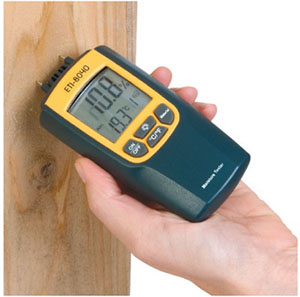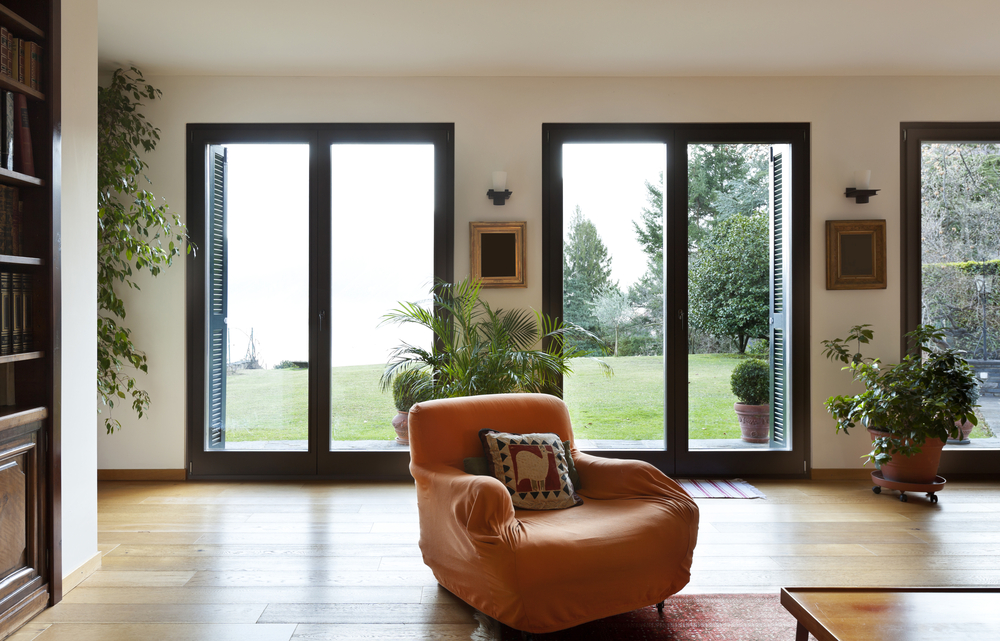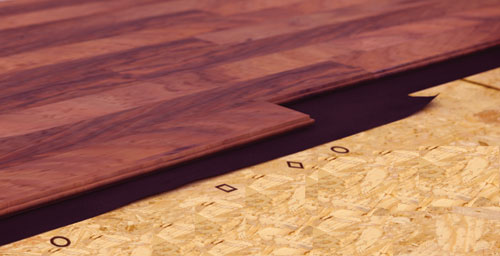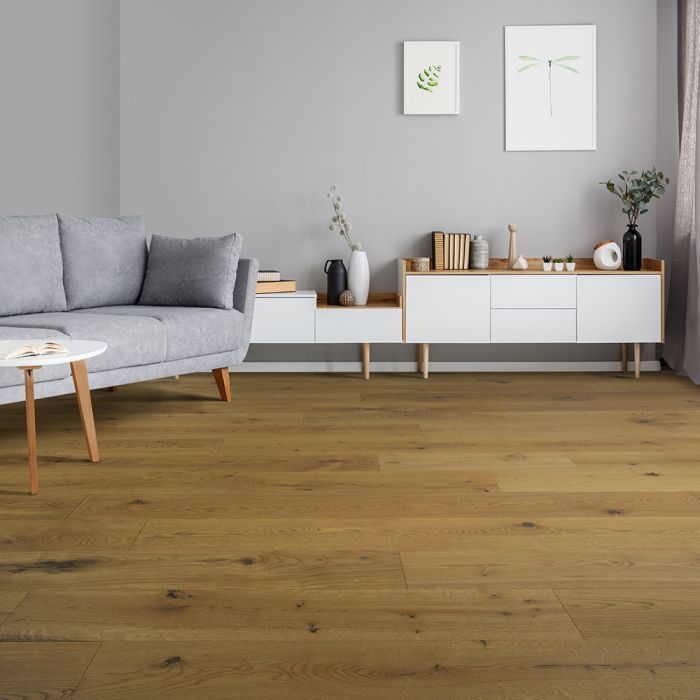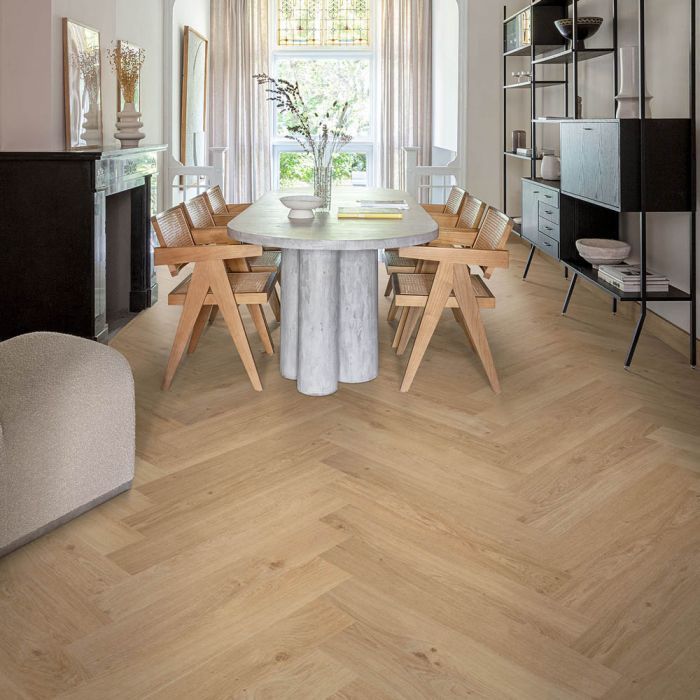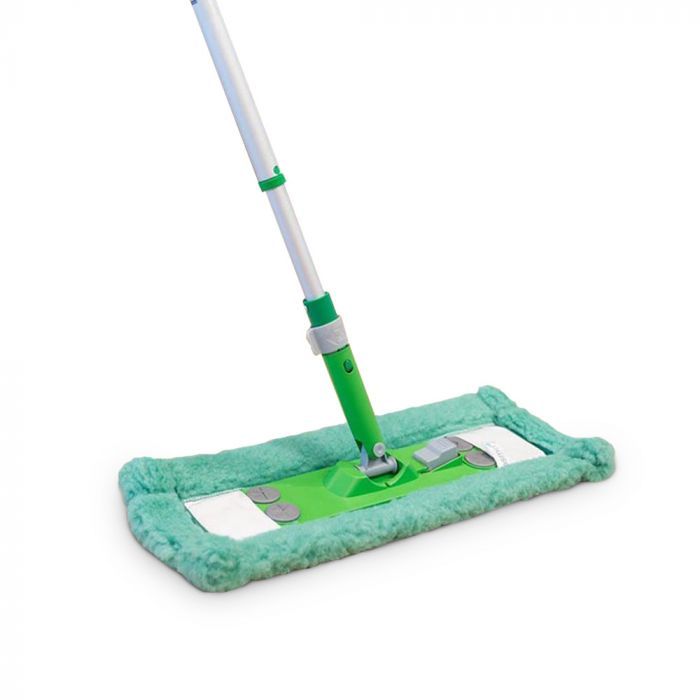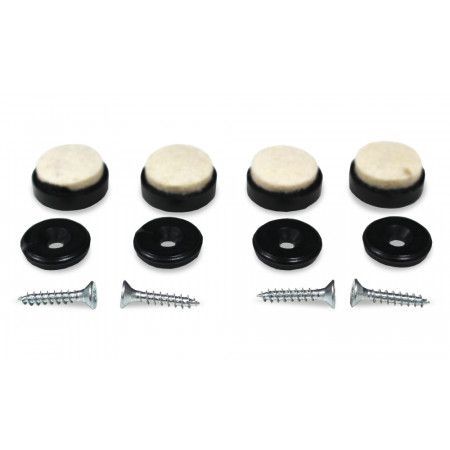Your subfloor is the existing floor that is in your property. There are a few different types of subfloors that you may come across. It is important that you clean and properly prepare your subfloor before you start to install any kind of hardwood or bamboo floor.
Different types of subfloors:
Concrete or screed – this is one of the most popular types of subfloor found in properties.
Wooden floorboards – another common type of subfloor found.
Joists – wooden joists from when the house was built. Sometimes these have already been covered over with plywood or floorboards.
Chipboard – this has usually been used to cover over another type of subfloor.
Asphalt – a smooth black compound which has been used for sealing or levelling an existing concrete subfloor.
Bitumen – not very commonly found.

How to prepare my subfloor before installing wooden flooring
This is an important part of installing a wooden floor. The subfloor must be properly prepared and of a sound quality otherwise you may start to see damage to your wooden floor in future weeks or months. The three main things that you should check about your subfloor is that it is flat, dry and clean. This might sound straight forward but proper checks should take place.
To check that your subfloor is flat and level you will need to use a straight edge along the entire subfloor. If you find any unevenness of more than 3mm, it should be addressed.
Your subfloor needs to be dry. It may look dry, but you will need to test it using a moisture meter. For wooden subfloors, you should use a 2-pronged moisture meter and the reading should be 16% Moisture Content (MC) or below. For a concrete subfloor, you should use a digital hygrometer and the reading should be no more than 65% Relative Humidity (RH). If you do not obtain these readings, you should not install your floor. Allow the subfloor more time to dry naturally and then re-test. 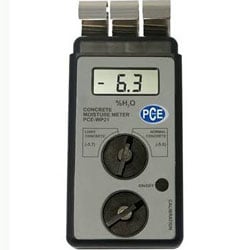
Once you know that your subfloor is flat and dry, you will then need to clean away any dirt, dust, adhesive or paint from your subfloor.
For more details have a read through: How do I prepare my subfloor before installing wooden flooring? You will also find detailed information about preparing your subfloor in the installation instructions in the boxes of flooring.


